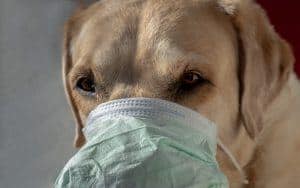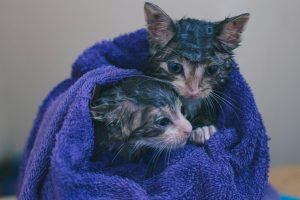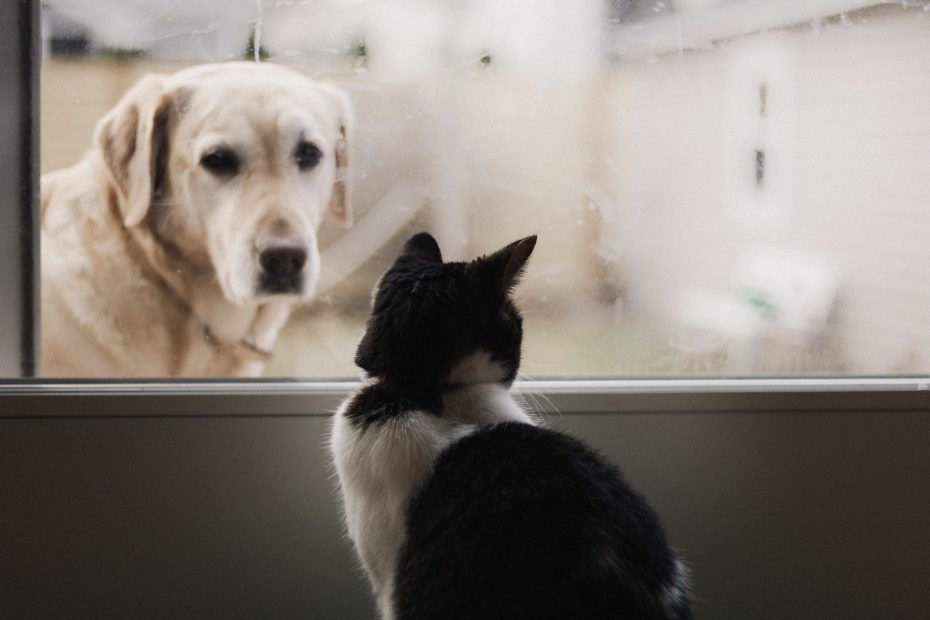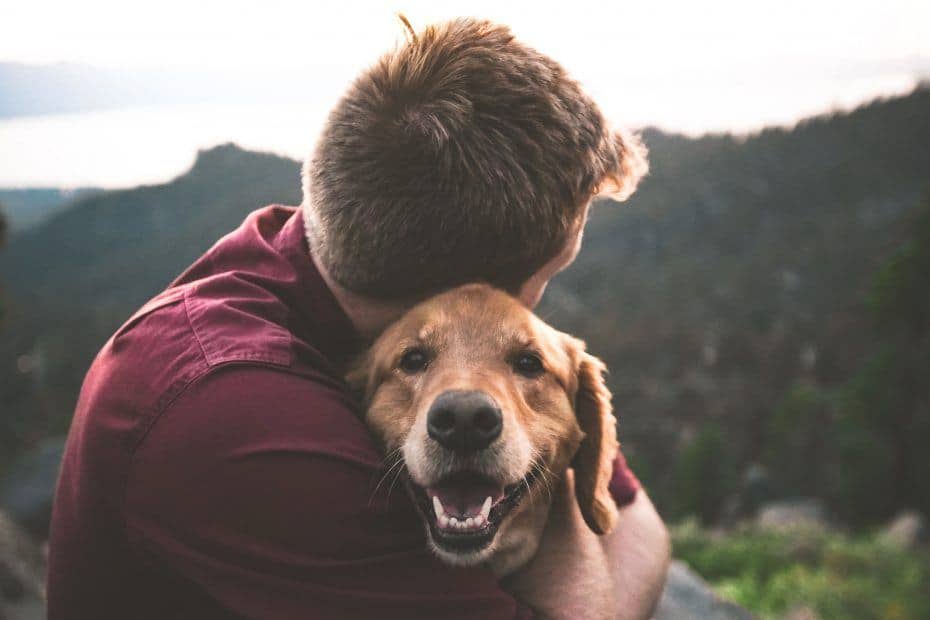How to protect your pet from COVID-19
There have been some reports of pets – including cats and dogs – becoming ill with COVID-19, usually after being in contact with an infected human. What are the risks of infection for our furry friends?

When discussing COVID-19 safety measures, pets are rarely in the spotlight. However, they can also contract the novel coronavirus from humans and become ill. Reports have come from around the world about pets developing COVID-19, but, thankfully, all had a mild disease and have recovered. Here’s how to protect your beloved pet from the catching the virus.
Treat them like a human member of your household
The best way to protect your pet from catching COVID-19 is to treat them as if they were a human member of your household. This means they should follow pretty much the same rules as you, with a few exceptions.
Your pet should have very limited contact with people outside your household. If you have cats, keep them indoors as much as possible. If you own a dog, walk them on a leash at least two metres (six feet) away from others.


No masks! Unlike us, pets must not wear a face mask – it could harm them.
Do not wipe or bathe your pet in chemical disinfectants, hand sanitiser or other surface cleaners. There is no evidence the virus can be passed on from the skin, fur or hair of animals.

Look out for the symptoms
Just like us humans, some animals may carry the disease without displaying symptoms. If you think your pet could have COVID, look out for the following symptoms:
- Fever
- Coughing
- Lethargy
- Eye discharge
- Diarrhoea
- Difficulty breathing or shortness of breath
- Sneezing
- Runny nose
- Vomiting
Be careful around your pets if you are sick
If you get infected with the virus, you should eliminate close contact with your pet as much as possible even if you don’t have any symptoms. This will protect them from catching the disease. Wear a mask around them and get another member of your household to take care of them while you recover. Unfortunately, kisses and snuggles with your pet are not allowed until you are COVID-free.
I think my pet has COVID. Now what?
COVID-19 testing for pets is not widely available in the UK yet. Existing tests are mainly used in scientific studies and for high-risk animals (such as endangered species, for example). This is because very few pets have become ill with the virus so far and they are not considered to be playing a significant role in spreading the disease. The best you can do is treat the infected pet as you would treat an infected human in your household.
Try to isolate the ill pet in a separate room if possible. They should have very limited contact with other members of your household, as well as other animals. Provide them with a separate litter box and bathroom areas from other pets.


Wear a mask and gloves while in the same room as your pet and disinfect their bowls, toys and other items frequently. Wash your hands regularly throughout the day, especially after handling your pet’s items.
If you have a dog, limit walks to bathroom breaks only and stay close to your home. Keep your pet two metres away from other people and animals during the walk and don’t let other people touch or interact with your dog. If you have a private backyard where your dog can go to the bathroom, then don’t take them for walks.


If you have a cat, which is showing COVID-19 symptoms, don’t let it roam outdoors. Keep the pet inside.
Avoid kissing or snuggling with your pet and don’t let them lick you.

COVID-19 seems to affect animals less severely than humans. Symptoms usually subside after a few days and no COVID-related pet deaths have been reported so far. However, if your pet’s condition seems to worsen over time, you should speak to a vet as soon as possible.
For more detailed guidance on COVID-19 and pets, click here.